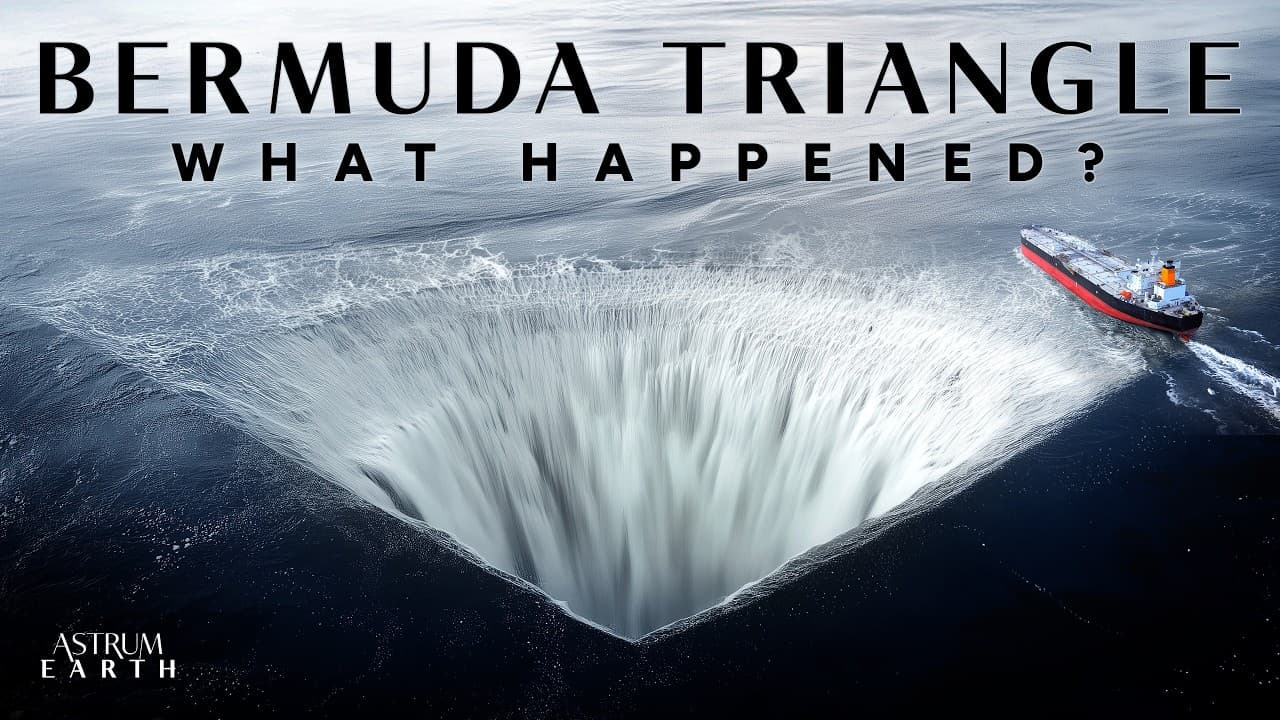The Enigma of the Bermuda Triangle
I've always been drawn to the Bermuda Triangle, a vast stretch of ocean where countless ships and planes have vanished, leaving behind a trail of unanswered questions and lingering intrigue. As I delve into its history, the blend of real tragedies and wild speculations reveals a story that's as captivating as it is deceptive, urging us to uncover the truth beneath the myths.
TL;DR
I first encountered the Bermuda Triangle through ancient logs like Columbus's, where compasses malfunctioned and strange lights appeared, sparking early mysteries in uncharted waters.
Over centuries, infamous disappearances like the USS Cyclops and Flight 19 fueled conspiracy theories, from alien abductions to hidden portals, captivating global imaginations amid Cold War tensions.
Yet, scientific explanations emerge, such as magnetic declination and rogue waves, hinting that environmental factors might explain these losses without supernatural forces at play.
Diving deeper, data from marine records shows the Triangle isn't unusually dangerous, challenging the hype and revealing it as just another risky ocean area statistically.
Ultimately, this realization leaves me wondering if human error and weather, not curses, account for the legends, stripping away the romance but offering a clearer path forward.
As I explore the Bermuda Triangle, I start with its elusive boundaries in the North Atlantic, roughly between Florida, Bermuda, and Puerto Rico. The area spans about 500,000 to 1,500,000 square miles, with no official recognition, making it hard to pin down exact incidents. This vagueness has allowed stories to flourish for centuries, beginning with Christopher Columbus in 1492, who noted his compass behaving erratically and saw mysterious lights on the horizon.

Fast-forward to the early 1600s, where the Sea Venture wrecked during a hurricane near Bermuda, inspiring Shakespeare's The Tempest and adding to the region's cursed reputation. Then came the eerie tale of the Ellen Austin in 1881, encountering a ghost ship in the Sargasso Sea, only for its crew to vanish during a storm. These events, though dramatic, often lack concrete evidence, as I discovered when cross-referencing historical records.
The 20th century brought more tragedies, like the USS Cyclops vanishing in 1918 with over 300 souls aboard, and Flight 19 in 1945, where five bombers got lost due to a faulty compass. Other flights, such as a British passenger plane in 1948, added to the lore, leading authors like Vincent Gaddis to dub it the "Deadly Bermuda Triangle" in 1964. This sparked a frenzy of books and theories, from Atlantis pulling ships into the depths to extraterrestrial abductions.

As I sift through these claims, I find plausible scientific explanations. Magnetic declination, where compasses point to true north instead of magnetic north, could mislead navigators, though it's not unique to this area. Rogue waves up to 100 feet high and the powerful Gulf Stream, moving at over four knots, might sweep away wreckage and disorient travelers.
Another theory involves methane gas eruptions from the ocean floor, potentially causing ships to sink suddenly. Yet, as I examine the data from sources like the US Coast Guard and Lloyd's of London, the picture changes. From 1982 to 2015, only 4% of marine incidents occurred in the Triangle, with no disappearances reported, and global shipping data shows it's safer than average.
Aviation records from the National Transportation Safety Board echo this, with most accidents happening during takeoff or landing, not mid-flight over the Triangle. For Flight 19, it seems human error, not a curse, led to the disaster, as the pilot misjudged his location. Despite the Triangle's reputation for severe weather, like frequent hurricanes hitting Florida and Puerto Rico, statistics prove it's no more perilous than other busy sea routes.

In reflecting on this, I've come to see the Bermuda Triangle as a product of exaggeration, where real dangers blend with storytelling to create enduring myths.
Ultimately, the Bermuda Triangle's mysteries, once so alluring, now highlight how science and data can demystify even the most persistent legends, leaving me with a sense of closure amid the vast, indifferent ocean.
Key Takeaways
The Bermuda Triangle's boundaries are unofficial and vary, contributing to exaggerated tales of disappearances.
Historical incidents, like Columbus's compass issues and Flight 19's loss, often stem from navigational errors and severe weather.
Conspiracy theories abound, but scientific factors such as rogue waves and the Gulf Stream provide rational explanations.
Data analysis shows the area is not statistically more dangerous than other ocean regions, debunking its notorious reputation.











